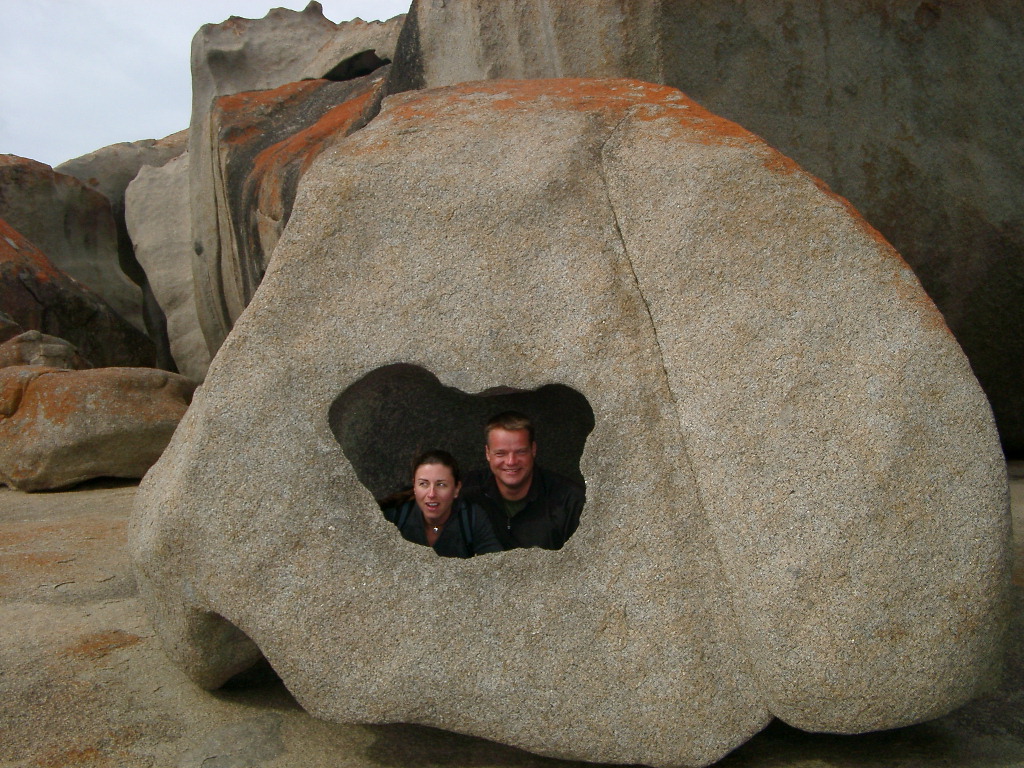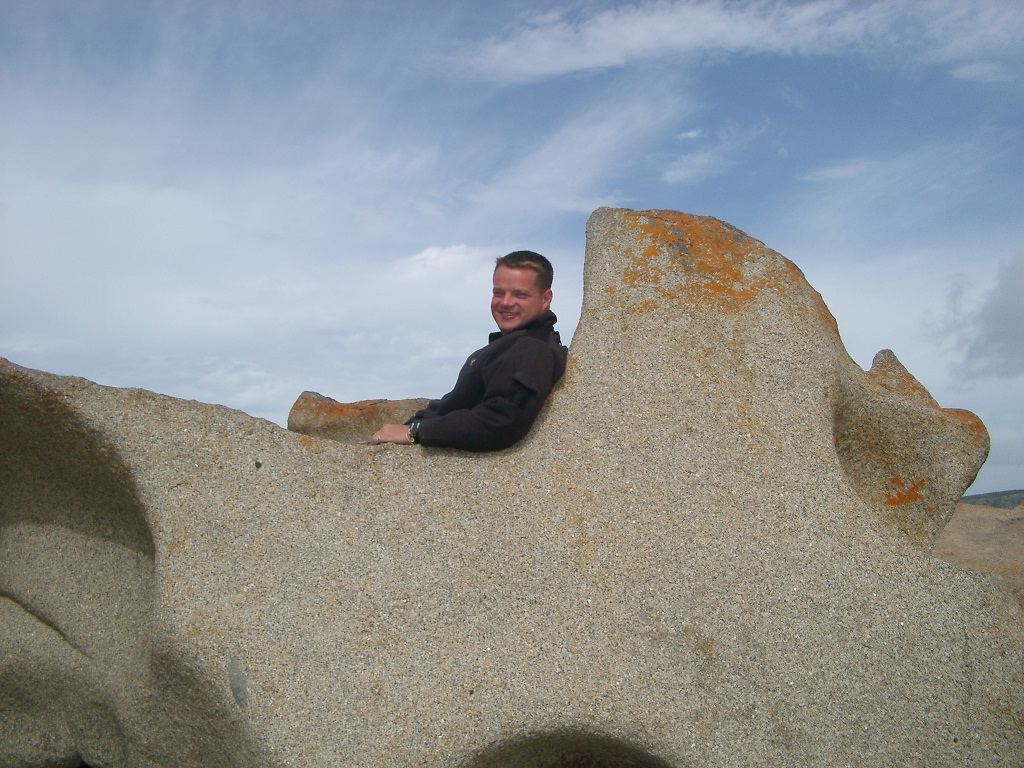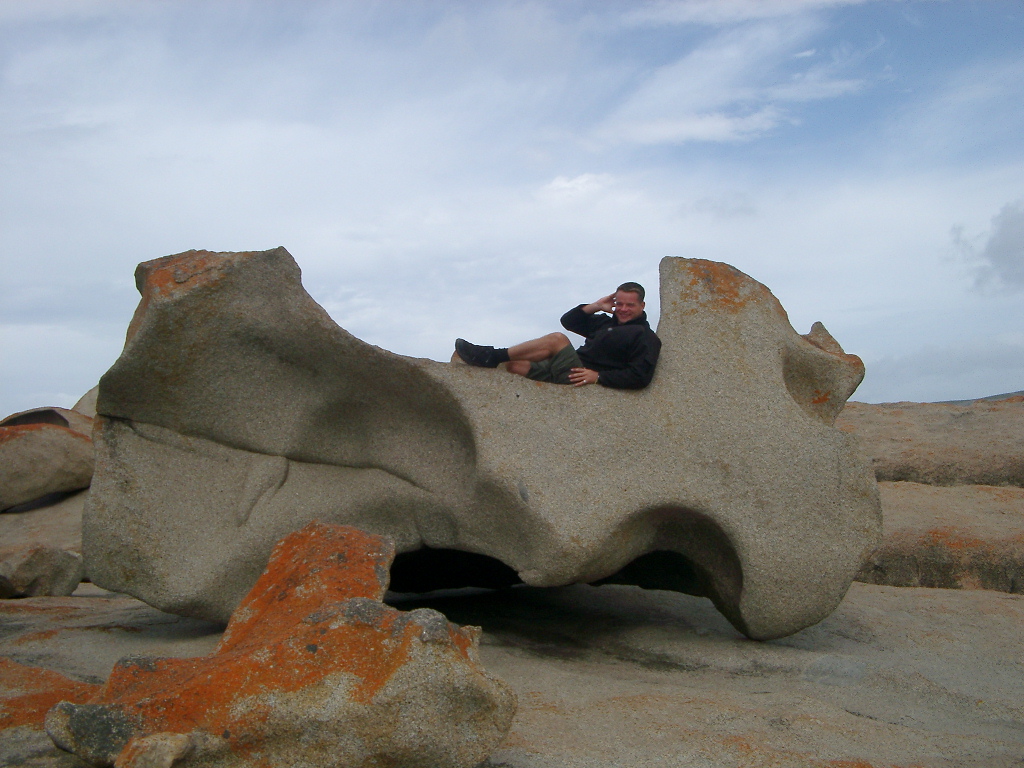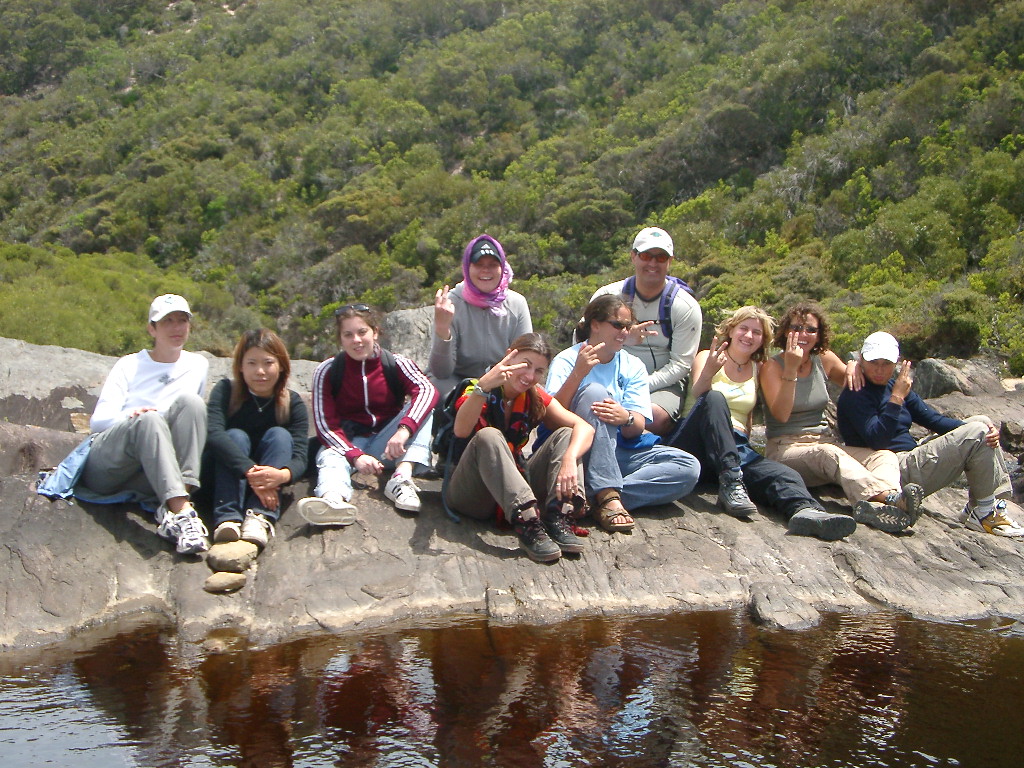Kangaroo Island, situated off the coast of South Australia, is a pristine and biodiverse haven that captivates visitors with its rugged landscapes, abundant wildlife, and untouched natural beauty. Often referred to as Australia’s Galápagos, Kangaroo Island is a sanctuary for native flora and fauna, providing an immersive experience for nature enthusiasts and adventure seekers.

One of the island’s defining features is its remarkable wildlife. As the name suggests, Kangaroo Island is home to a significant population of kangaroos, along with other iconic Australian animals such as koalas, wallabies, echidnas, and sea lions. The island’s commitment to conservation is evident in its various wildlife sanctuaries, including the Kangaroo Island Wildlife Park and the Seal Bay Conservation Park, where visitors can observe and interact with these incredible creatures in their natural habitats.

The Remarkable Rocks, an extraordinary formation of granite boulders perched atop a cliff in Flinders Chase National Park, is one of Kangaroo Island’s most iconic landmarks. Carved by wind and weather over millions of years, these massive rocks offer panoramic views of the Southern Ocean and provide a spectacular backdrop for photography enthusiasts. The natural sculptures showcase the island’s geological wonders and are a testament to the power of nature’s forces.

Flinders Chase National Park, covering a substantial portion of Kangaroo Island, is a treasure trove of diverse landscapes. In addition to the Remarkable Rocks, the park is home to the Admirals Arch, a natural rock bridge that extends over the turbulent waters of the Southern Ocean. Visitors can witness the New Zealand fur seals that inhabit the area, adding to the park’s rich biodiversity. The park’s walking trails, like the Platypus Waterholes Hike and the Cape du Couedic Coastal Walk, allow adventurers to explore its varied ecosystems, from eucalyptus forests to coastal heathlands.

Kangaroo Island’s coastline is a tapestry of stunning cliffs, secluded beaches, and pristine waters. Stokes Bay, Emu Bay, and Vivonne Bay are among the island’s many beaches that offer tranquility and breathtaking scenery. Seal Bay, renowned for its colony of Australian sea lions, provides a unique opportunity for visitors to observe these marine mammals in their natural environment, as they bask on the sandy shores and frolic in the surf.
The island’s commitment to sustainable tourism is reflected in its numerous eco-friendly accommodations, locally sourced cuisine, and guided tours that prioritize conservation efforts. Kangaroo Island’s producers, including winemakers, farmers, and artisanal food creators, emphasize the use of fresh, local ingredients, contributing to the island’s reputation as a gastronomic paradise.
Kangaroo Island’s maritime history adds another layer to its cultural richness. The Cape Willoughby Lighthouse, standing proudly at the island’s eastern tip, is South Australia’s first lighthouse and offers guided tours that provide insights into the island’s seafaring past. The island’s maritime influence is also evident in the various shipwrecks that dot its coastline, adding a sense of history and mystery to its rugged shores.
Access to Kangaroo Island is primarily by ferry from Cape Jervis on the Fleurieu Peninsula or by regional flights. Once on the island, a network of well-maintained roads makes it easy to explore its diverse landscapes and attractions. Visitors can choose from a range of guided tours, self-drive options, or outdoor activities such as hiking, birdwatching, and water sports to tailor their experience based on interests and preferences.
In conclusion, Kangaroo Island stands as a natural wonderland, offering a sanctuary for wildlife and a haven for those seeking an authentic and immersive encounter with Australia’s diverse ecosystems. From its iconic rock formations to its pristine beaches and thriving wildlife, Kangaroo Island invites travelers to appreciate the beauty of untouched nature and experience the magic of one of Australia’s most enchanting destinations.

